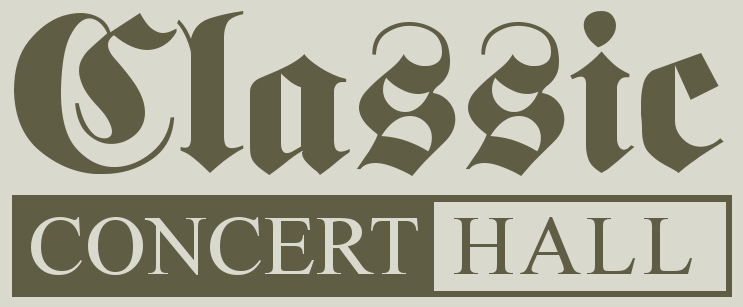Login

O Solis Ortus Cardine - Hymnus zu den Laudes an Weihnachten
 Comments (4)Comment on this musicLogin/Register to post a comment. |
Latest ThreadDisappearing recordings?
|
 Sign up today to download piece.
Sign up today to download piece.
 See what loekjehe used to make this recording
See what loekjehe used to make this recording